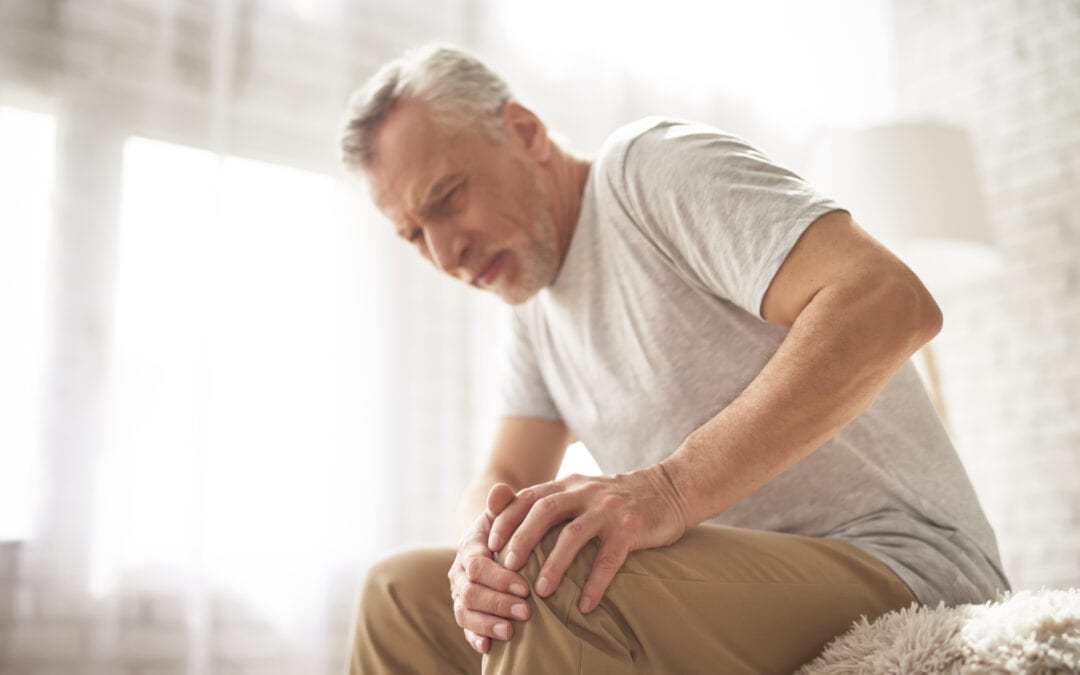Back pain is the #3 reason for Americans’ doctor visits. According to Georgetown University, 16 million U.S. adults, that is 8% of all adults in the U.S., experience persistent or chronic back pain. Back pain is the sixth most costly condition in the United States. You can read the full article here. With that many people suffering from back pain, shouldn’t we be looking at the causes and not just treating the symptoms? Most companies require workers to wear back supports, doctors prescribe hard back braces, and still some people wind up in surgery. In a recent the Journal of American Medical Association, stated that back braces didn’t curtail back injuries. See the Harvard Medical School post Here.
The Cause of Most Back Pain
Many people would say the reason for their back pain is that they have a “bad” back. Is that really the cause? Were they born with a weakened back? It is true some back issues come from a trauma, but that is really a small percentage of people with back pain, and even of those, the question needs to be asked–was it a direct blow to the back or something else that led up to the injury? I was a back pain sufferer for several years, so I understand the pain and the frustration. However, what I learned about my back helped me to learn there are many reasons for the back pain you may be experiencing.
Let’s understand the mechanics of bending at the waist or the neck. The neck, or cervical spine, is much more flexible than the lumbar spine, or low back area. There are four major muscles on each side of the neck that allow the head to bend forward, backward, and to rotate. Each muscle relies on the muscles on the opposite side to work in unison so the head can move. In other words, if I turn my head to the left, the left rear muscle on top of my left shoulder contracts, shortens, as the right front muscle releases, lengthens. If the right front muscle does not release, then we feel pain on the left rear of our neck. The sad truth is most professionals are trained to work on the left rear of the neck and shoulders because that is where the pain is.
Movement of the lumbar spine is more complicated since it is larger and carries far more pressure than the neck. The bottom of our spine is connected to the pelvis, which is a large solid bone that houses many muscles involving the movement of our hips. If we bend down to tie our shoes, some of us picture our low back bending. However, if you watch someone, either sitting or standing, bend down and tie their shoes, the back bends very little. So, how are they able to bend like that?
Contractions of the muscles in the hips and thighs are the main reasons for our being able to bend down to tie our shoes. If I bend forward, either standing or sitting, the three hamstring muscles on the back of the thigh must be able to extend for me to bend down. If they cannot, I can overexert the muscles in my hips and lower back, causing extreme compression in the low back. The opposite is true for the front side. If the muscles on the front or inside my thighs are tight, or shortened, then standing up can lead to back pain. How does this happen?
In each of the above scenarios, the thigh muscles [quadriceps] cause the pelvis to tilt forward or backward. This movement of the pelvis increases the pressure on the low back. Consistent compression on the low back can lead to bulging discs, herniated discs, or pinched nerves. It can also lead to damaged vertebrae. Year after year we lift things, rotate our bodies, and strengthen our muscles with little regard for releasing the pressure off the muscles. We are told that hardbodies are a wonderful thing as if any jiggling of the thighs or hips is horrible. These daily movements will lead to low back pain, and you may end up in an operating room to fix it.
The most common back pain occurs when we stand up after sitting, standing, or lying flat for a while. The key here is, the front or inner thighs are tight, and they are pulling your pelvis forward. Once you learn how to properly stretch the front of your thighs and inner thighs, you can stop this pain like I did. If you think the stretches in the gym will help, let me be clear–the standard quad and inner thigh stretches will not work! Oh, if you think the adductor or abductor machines are stretching your inner thighs, you are only fooling yourself.
How to Solve this Pain
A Book Recommendation
Everyone who has read my articles or heard me speak knows that I speak about the power of the brain in relation to your muscles. My wife and I found a great book about how the brain affects so many chronic illnesses people suffer. While this book is mainly about vertigo and tinnitus, the process of changing your brain through neural plasticity will help anyone suffering from chronic pain.
The book, Rock Steady, is by Joey Remeny, and it will teach you how to do body scans to get a better understanding of your body and how the brain plays a major role in resolving your pain. It is available on Amazon and Kindle.
Best Practices for Stretching
All you need is a yoga strap and a tennis ball for the tennis ball massage. Give yourself about 15 minutes twice a day and you should see better results within 2 weeks. This, though, is a lifetime event. Think of your pet. they stretch every day and several times a day. Stretch when they stretch. Follow the videos below and free your knees. In my opinion, the calf stretch is the most important stretch a human can do. It will solve many issues of the body.
Stretching is more about feeling the muscles letting go than forcing them to stretch. If you are forcing the muscle, you could be doing strength training, not stretching. Make sure you are feeling the intended muscle stretching. If not, the form could be wrong. Holding for 5 seconds allows the brain to release the muscle before it senses any danger. Repeating the stretches 10 times allows the brain to learn it is safe for the muscle to move that way.
Don’t forget the Tennis Ball Massage!
Softening your hips and back is easy when you use the tennis ball. Just lean against the wall and apply enough pressure to feel the painful area. The temptation is to press harder, but resist it. Instead, breathe out and allow the muscle to soften under the ball. Then move to another spot and repeat. Continue doing this until most of the painful spots are gone. Check out previous newsletters to see the video.
If you like this newsletter, please share with your friends and family. Don’t forget to check out our social media pages, leave a comment, and as always, reviews are awesome!
Want to Talk with Me Directly? Start Here
We’re happy to offer you a complimentary 30-min virtual consultation so you can experience this for yourself. Schedule your introduction to Stretch n Release now.
About The Muscle Repair Shop
Drawing upon his personal experience as a former competitive athlete turned wheelchair, obese, and chronic pain sufferer, Muscle Repair Shop Founder Butch Phelps decided to take his health into his own hands when at the age of 36 he was told he might not make it to his 40th birthday. Applying balanced nutrition advice from his doctor along with a sound exercise program, he went from 315 lbs. to 180 lbs. Motivated by his experience, he then acquired degrees in advanced therapeutic massage and aging sciences to help people eliminate chronic pain. This included applying his expertise in how people age, including the effects of dementia, anatomy, psychology, and the day-to-day struggles living as an older person to his practice and development of The Muscle Repair Shop’s one-of-a-kind Stretch n’ Release Technique.
Available through in-office and virtual coaching treatment sessions, this unique combination of stretching and breath work teaches the brain to release the emotional side of muscle tension and pain allows clients to find lasting relief and healing from stiffness, aches, injuries, and chronic pain. The at-home exercises come with customized instructional videos and virtual or in-office support, allowing clients to enjoy and experience life and sports as they did before limitations slowed or curtailed activities.


